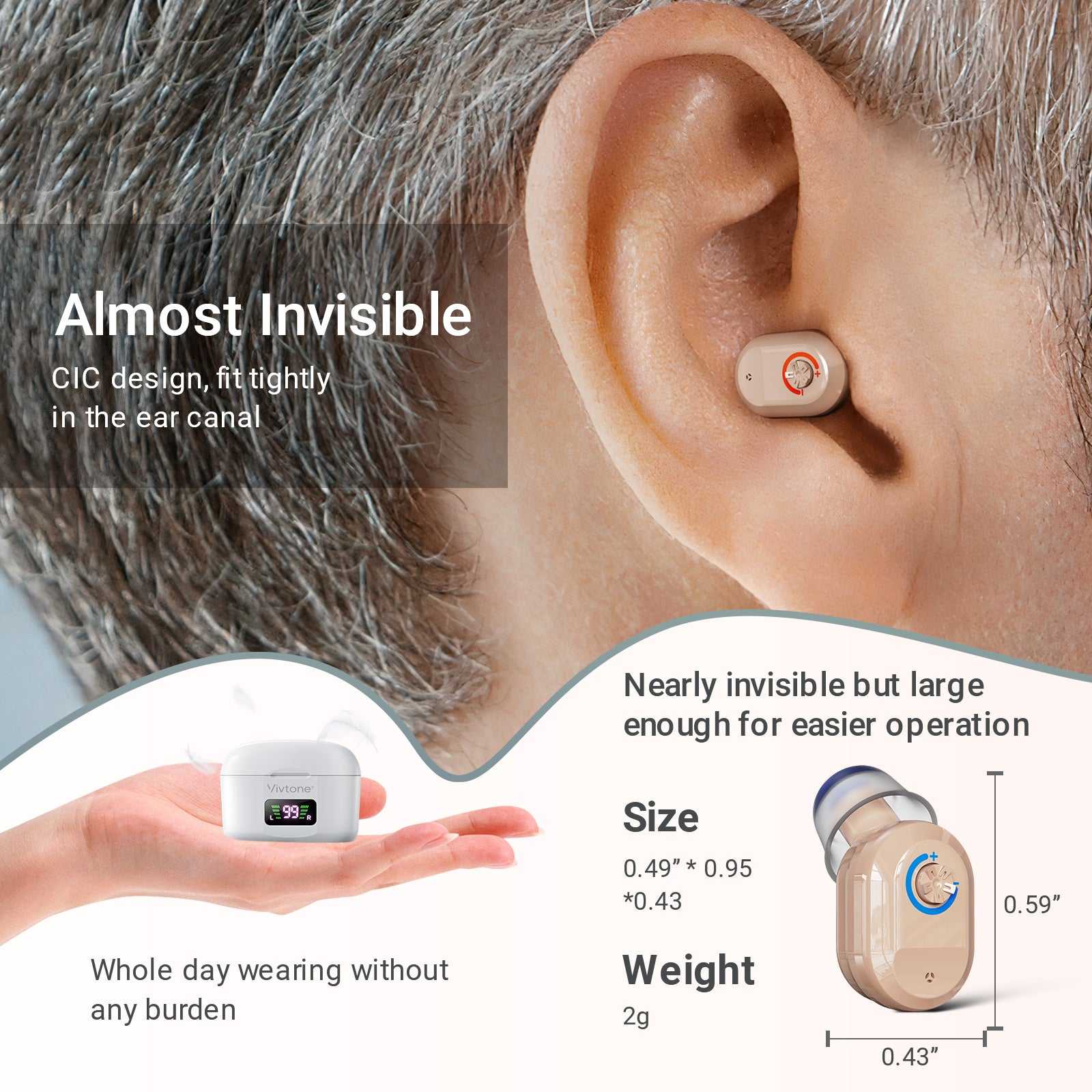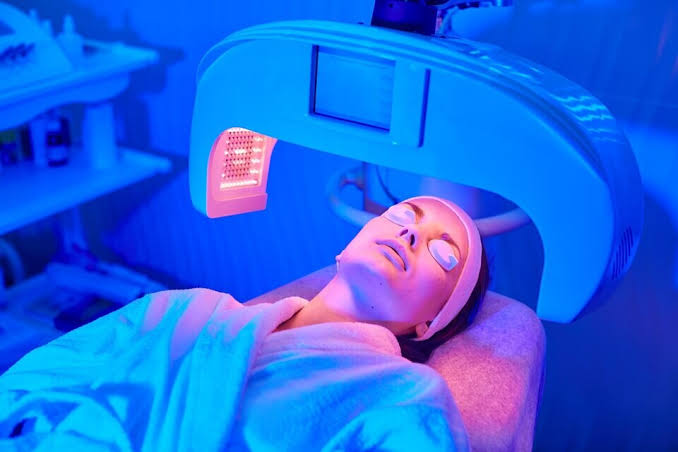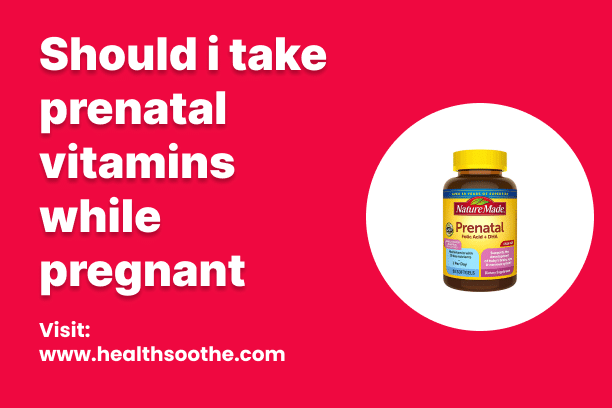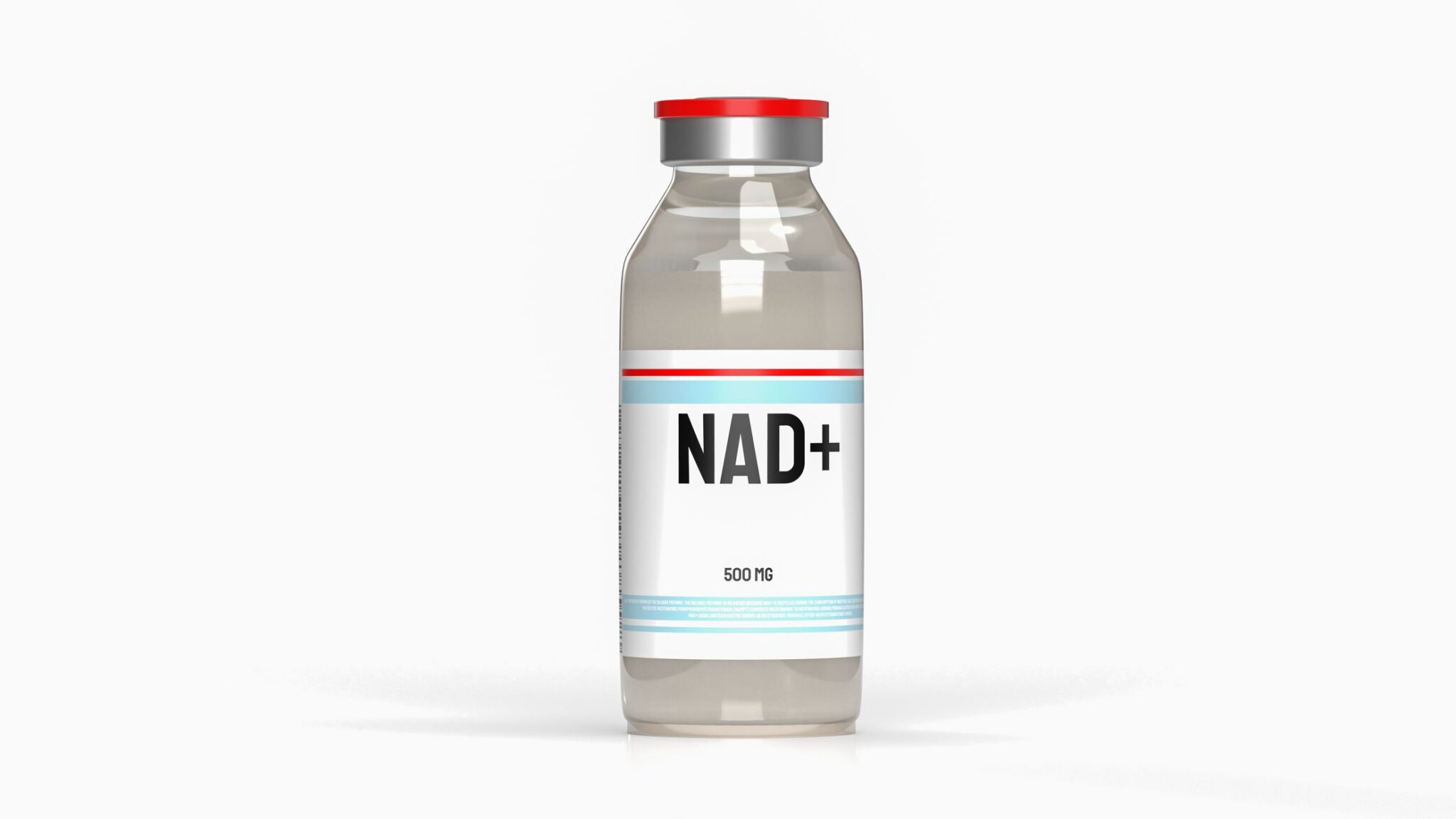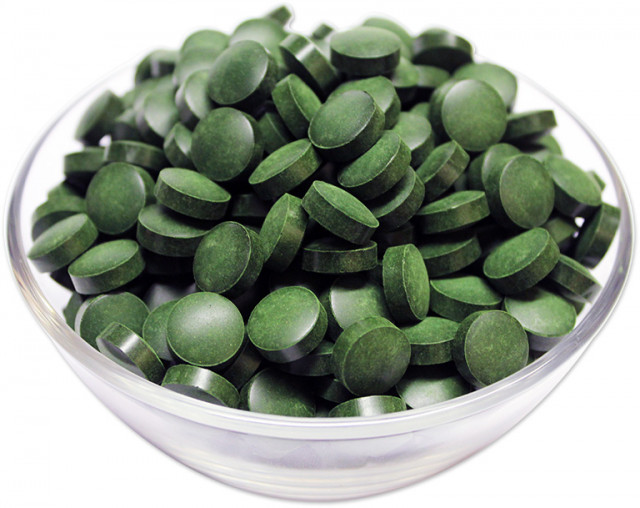Leading an active lifestyle is one of the most effective ways to promote overall health and well-being. Regular physical activity not only improves physical fitness but also enhances mental clarity, emotional resilience, and social connections. Philip Skorokhodov notes how it acts as a remedy for many lifestyle-related health issues, helping individuals reclaim vitality.
The benefits of exercise, whether through structured routines or simple daily habits, are profound and far-reaching. From reducing the risk of chronic diseases to fostering personal growth and a sense of emotional fulfillment, the rewards of staying active touch every aspect of life.
The Role of Physical Activity in Today’s World
In an era dominated by screens and convenience, many people spend a significant portion of their time sitting, whether at work, commuting, or relaxing at home. This shift toward a sedentary lifestyle has contributed to rising health concerns, including obesity and cardiovascular issues.
Physical activity offers a powerful solution, helping individuals reclaim balance and improve their overall health. Activities like walking to work or engaging in recreational sports not only promote physical health but also enhance mental clarity, making active living an essential part of maintaining a healthier, more fulfilling lifestyle.
Physical and Mental Health Benefits of Exercise
Regular exercise is a cornerstone of physical health, strengthening the heart, improving circulation, and maintaining a healthy weight. Activities like swimming, cycling, or strength training not only enhance endurance and muscle tone but also reduce the risk of chronic illnesses such as diabetes and hypertension. These benefits create a ripple effect, improving overall quality of life.
Beyond the physical, exercise is a proven remedy for boosting mental well-being. Physical activity stimulates the release of endorphins, often referred to as “feel-good” hormones, which can help alleviate symptoms of stress and anxiety. Engaging in fitness routines even a few times a week can serve as a natural antidote to modern stress, helping individuals find balance in their busy lives.
Studies have shown that individuals who participate in activities like yoga or team sports report better problem-solving skills and greater mental clarity. These effects demonstrate the holistic impact of exercise, benefiting the body and mind in profound ways.
Building Habits for Long-Term Health
Creating sustainable habits around physical activity is key to achieving lasting health benefits. Small, consistent actions such as taking the stairs instead of the elevator or dedicating a few minutes each morning to stretching can gradually build into a routine. Over time, these habits lead to improved strength, flexibility, and overall well-being.
Consistency doesn’t have to feel restrictive. Many people find that pairing exercise with enjoyable activities, like joining a recreational sports league or exploring new hiking trails, adds excitement and motivation. These moments of activity often become something to look forward to, making the habit easier to maintain.
The joy of discovering new hobbies through physical activity also offers a fresh perspective on what it means to stay healthy. Whether it’s carving out time for a jog after work or making weekend plans around movement-based activities, consistency is the bridge between setting goals and achieving them.
Social and Emotional Benefits
Participating in team workouts or group activities nurtures a sense of camaraderie and connection. Whether it’s playing basketball at a local community center or joining a running club, these interactions foster relationships built on shared goals and mutual encouragement.
Sports also offer emotional rewards that go beyond the physical. The joy of reaching milestones, whether it’s mastering a challenging skill or completing a long-term goal, brings a deep sense of fulfillment. These moments build self-confidence and resilience, qualities that often spill over into other areas of life. The uplifting atmosphere of team sports further reinforces the importance of collaboration and shared success.
Accessibility and Variety in Physical Activities
Physical activity is not a one-size-fits-all endeavor. Options like yoga, swimming, or even gardening demonstrate how activities can be tailored to suit different preferences, fitness levels, and schedules. These ensure that everyone, regardless of age or ability, can find an activity that resonates with their needs.
Community-based programs often play a pivotal role in making these activities more accessible. Local fitness classes or walking groups, often free or low-cost, provide opportunities for individuals to stay active without financial strain. This inclusivity encourages broader participation and ensures that no one is left out of the benefits that an active lifestyle provides.
Adapting activities to fit individual circumstances is crucial as well. From low-impact exercises suited for seniors to high-intensity workouts for fitness enthusiasts, the diversity of options allows people to stay engaged and motivated throughout their journey. Customizing routines based on personal preferences ensures that fitness remains enjoyable and sustainable.
Getting Started
Embarking on a path toward an active lifestyle begins with small, intentional steps. Activities like stretching in the morning or taking a short evening walk can set the foundation for a more physically engaged routine.
Listening to one’s body is equally important when starting. Avoiding overexertion and focusing on gradual progress can prevent injuries and maintain enthusiasm. Activities that align with personal interests, such as dancing to favorite music or exploring nature trails, can make the experience enjoyable and rewarding.
Starting an active lifestyle is not about perfection but about persistence. Over time, these early efforts evolve into habits that lead to a healthier, more fulfilling way of living. With patience and consistency, even the smallest changes can yield long-term benefits.


